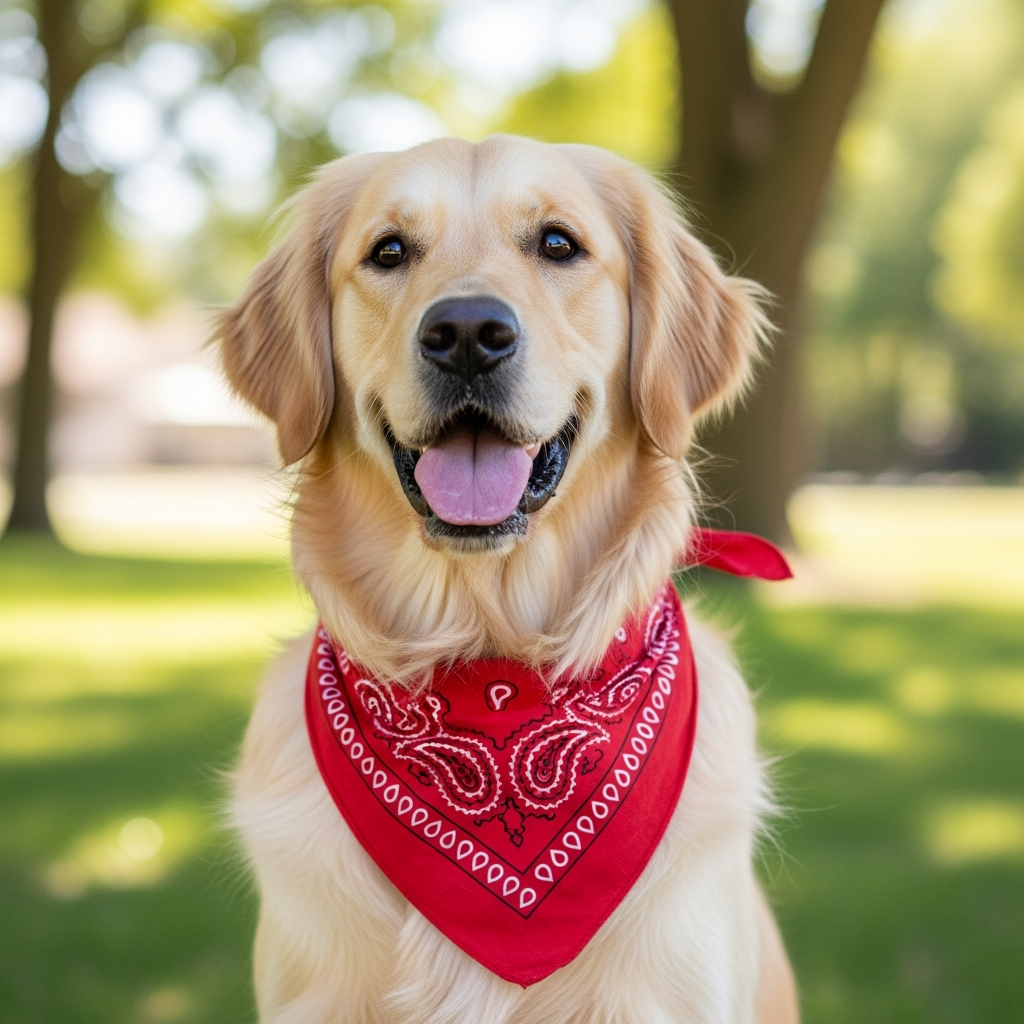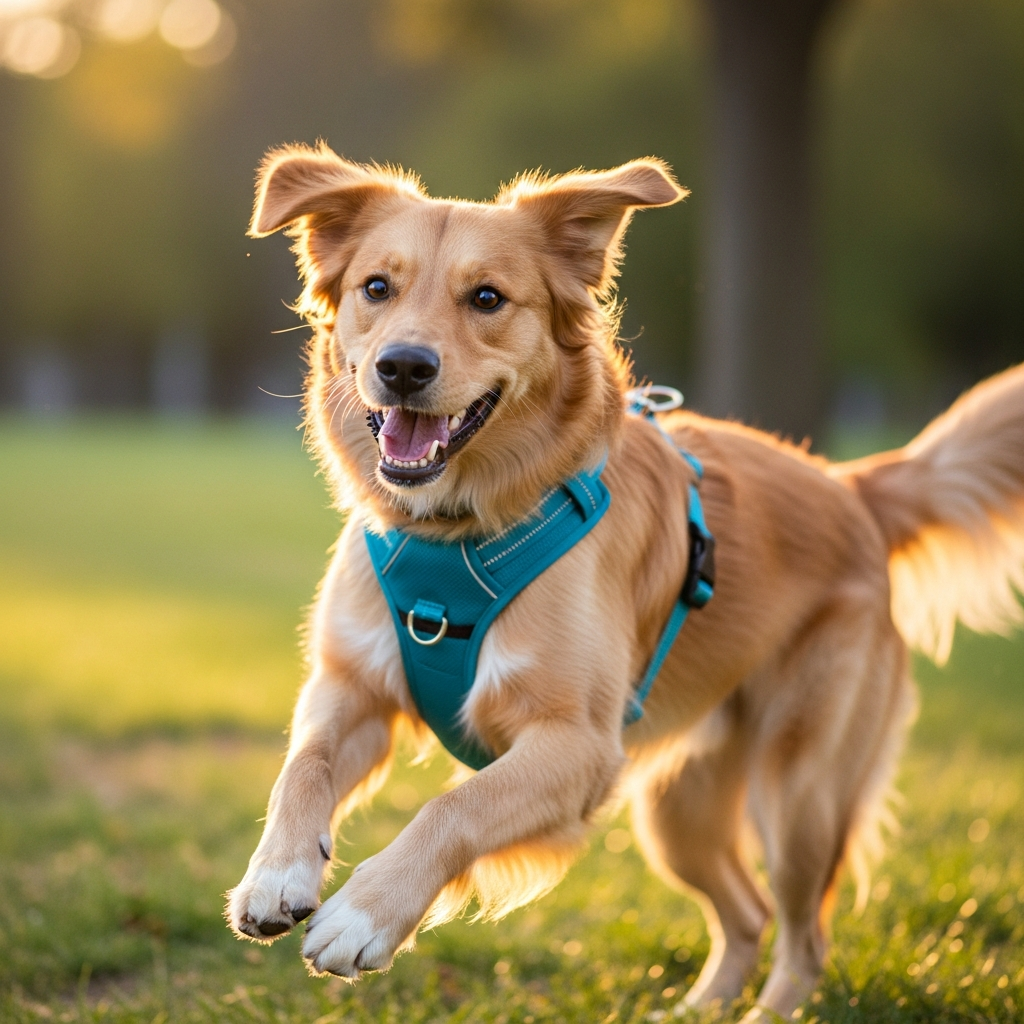Are you designing dog gear but unsure about the specifics of service harnesses? A poorly made harness can fail a user at a critical moment. Let's break down what makes one truly effective.
A service dog harness is specialized equipment for working dogs that assist people with disabilities. Unlike standard pet harnesses, it emphasizes function, durability, and clear communication. Its design is critical, directly impacting the dog’s ability to perform tasks for its handler.

As a product designer in the pet industry for years, I’ve seen how the right gear can empower a person. A service dog harness is not just an accessory; it is a piece of medical equipment. But there is a lot of confusion surrounding service dogs and their gear. It’s important to understand the legal and functional aspects to design products that are genuinely helpful and responsible. Let's dive into some common questions to clear things up.
How do people prove they have a service dog?
Unsure how to verify a service dog without breaking the law? Asking the wrong questions can lead to serious legal trouble. Here’s what you are legally allowed to ask.
Under the Americans with Disabilities Act (ADA), staff are only permitted to ask two questions: (1) Is the dog a service animal required because of a disability? and (2) What work or task has the dog been trained to perform? They cannot ask for documentation or certification.
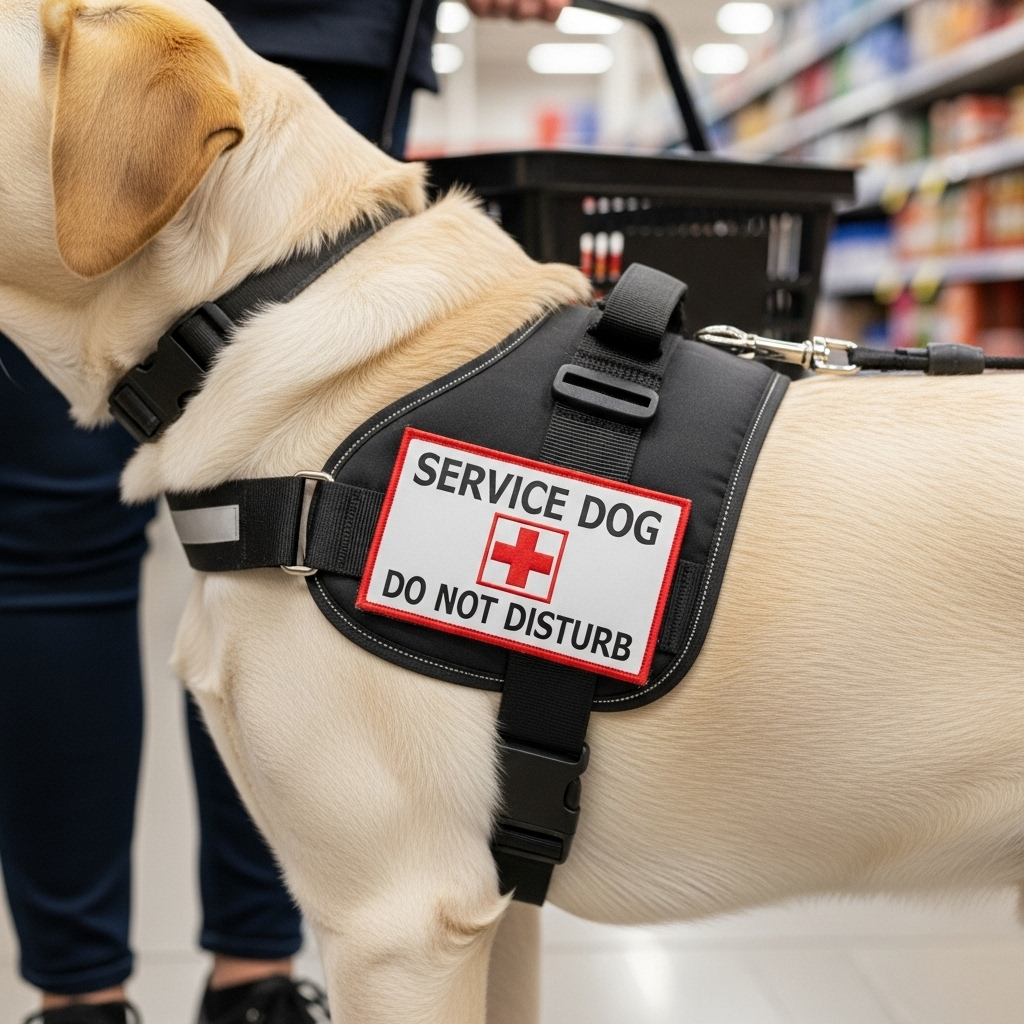
The reason there isn't an official ID card or registration is to protect the privacy of people with disabilities and prevent unnecessary barriers to access. From a product design standpoint, this is crucial. It means the dog harness itself doesn't grant legal status, but it can communicate the dog's role to the public. However, it's important to distinguish between different types of assistance animals, as the laws vary. Emotional Support Animals (ESAs), for example, do not have the same public access rights as service animals under the ADA.
Here is a simple table to show the differences:
| Feature | Service Animal (under ADA) | Emotional Support Animal (ESA) |
|---|---|---|
| Function | Performs specific tasks for a disability | Provides comfort and companionship |
| Training | Highly trained for specific tasks | No specific training is required |
| Public Access | Yes (e.g., stores, restaurants) | No (except certain housing/flights) |
| Legal Status | Federally protected under ADA | Protected under the Fair Housing Act |
Can I just put a service dog vest on my dog?
Thinking a "service dog" vest will grant your pet all-access? This shortcut can lead to fines and harms people who genuinely need service animals. Let's look at the reality.
No. Simply putting a vest on a dog does not make it a service animal. The dog must be specifically trained to perform tasks for a person with a disability. Falsely representing a pet as a service animal is unethical, illegal in many states, and undermines real working teams.
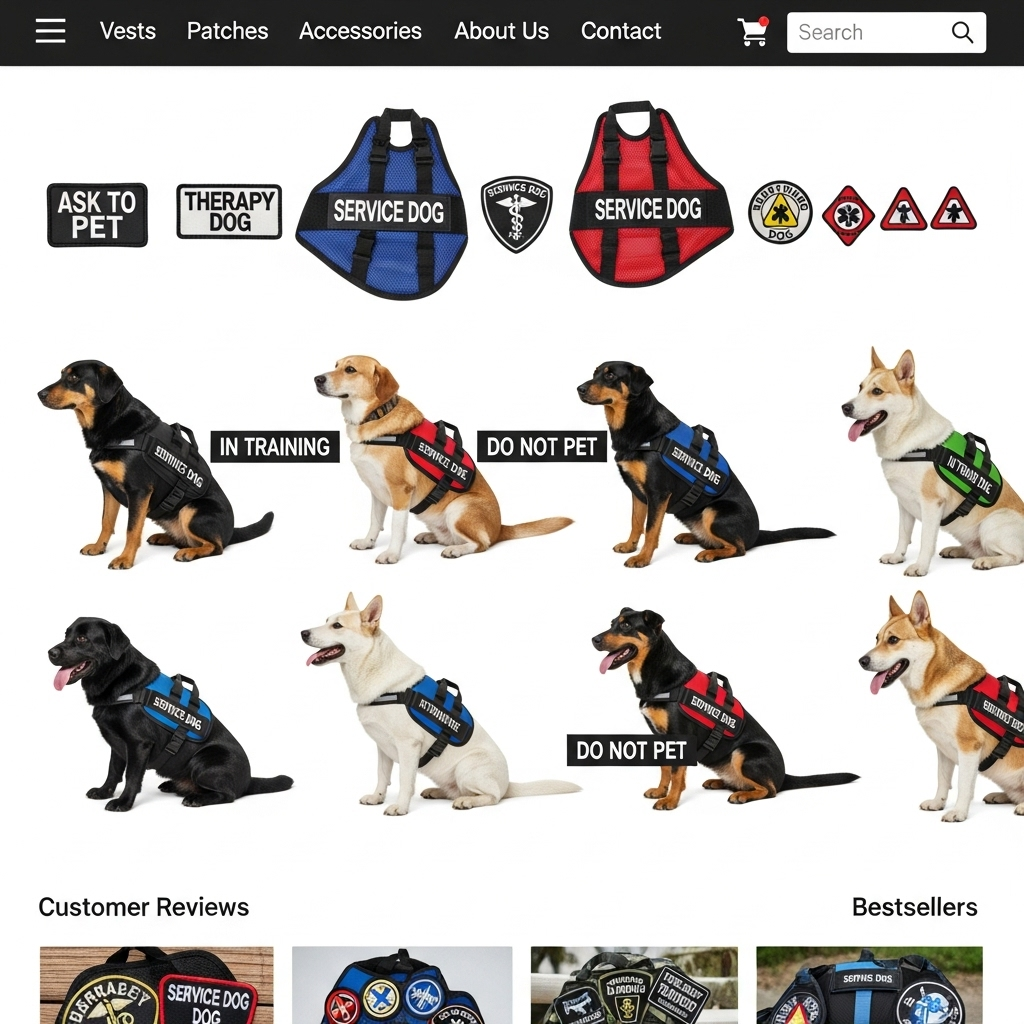
This is an important ethical consideration for us as designers and manufacturers. Selling a "service dog" vest to anyone with a credit card contributes to a massive problem. It erodes public trust, making it harder for people with legitimate service dogs to go about their day without being challenged or harassed. Untrained pets in vests can cause disruptions or act aggressively, giving all service dogs a bad name. In my consulting work, I always advise brands to focus on the harness as a tool, not a costume. We design features that support a working dog, like clear "Do Not Pet" patches that reduce public interference, which is a major daily challenge for handlers. Our goal should be to create responsible products, not to enable fraud.
What is South Carolina law on service dogs?
Confused by how state laws affect service dogs? Federal law is the baseline, but state laws can add more rules and penalties. Let's clarify what's different in South Carolina.
South Carolina law matches the federal ADA, granting public access to trained service dogs. However, the state has a specific law making it a misdemeanor to knowingly and willfully misrepresent a pet as a service animal. Penalties can include fines and potential jail time.

For a designer like Frank, understanding these state-level distinctions is important, especially for marketing and sales. You cannot market a dog harness as a "service dog certification kit." This would be misleading and could violate state laws that penalize misrepresentation. I always tell my clients to focus their marketing on verifiable features. Talk about the product's durability, the comfort of the neoprene lining, or the safety of its reflective stitching. Let the quality of the gear speak for itself.
Here are the key parts of the South Carolina law to remember:
South Carolina Service Animal Law Highlights
- Access Rights: Follows the ADA for access to public places.
- Misrepresentation Law: It's illegal to pretend your pet is a service animal (S.C. Code Ann. § 47-3-980).
- Penalties: Violators can face a fine of up to $250 or be imprisoned for up to 30 days.
This legal framework reminds us that the dog's training defines its role, not the gear it wears.
How to tell a real service dog vest?
Struggling to differentiate a professional service dog harness from a cheap imitation? The real clues are not in the patches, but in the functional design details. Let’s explore them.
You can't tell by looks alone, as there is no official vest. Instead, a quality service dog harness is designed for work. Look for features like a sturdy handle, strong D-rings, durable materials, and reflective strips for safety. Function and durability define its authenticity.
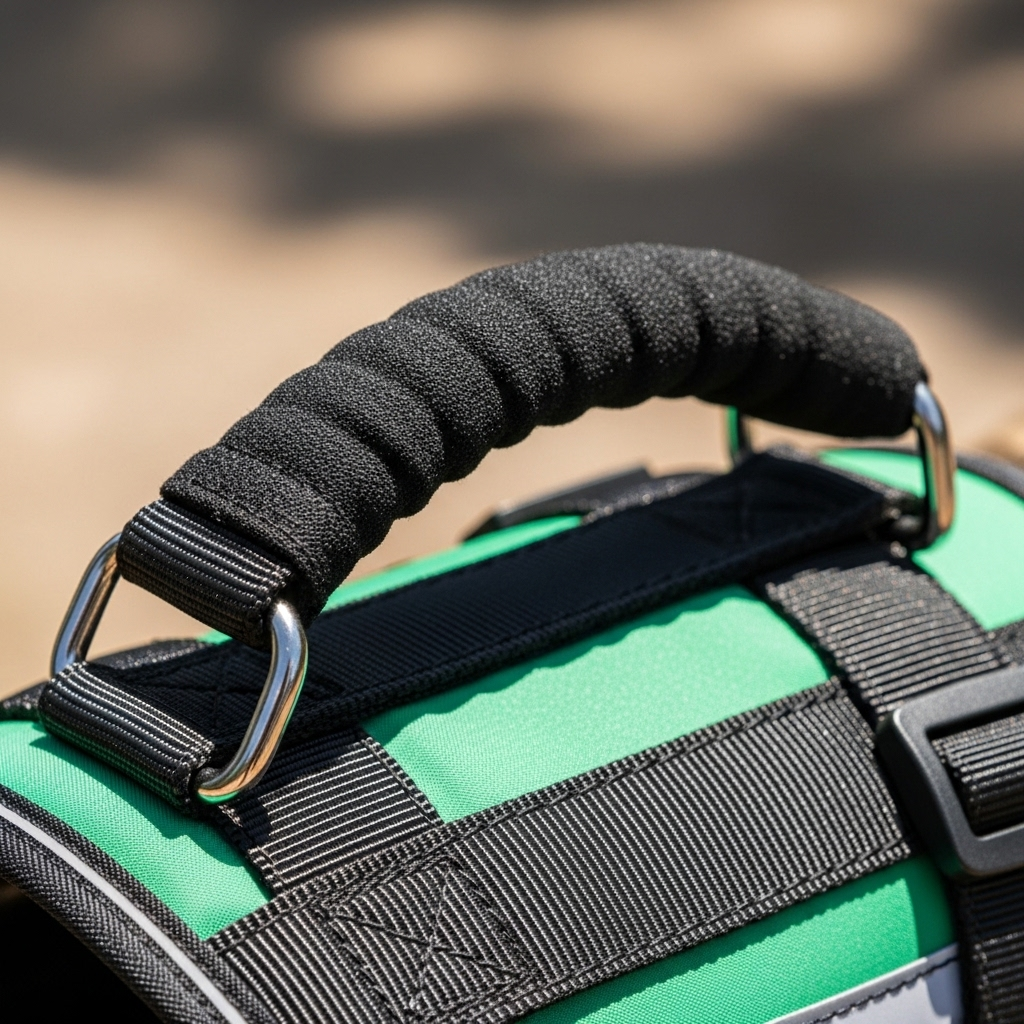
This is where my experience in manufacturing becomes critical. A "real" service harness is defined by its construction quality. We use heavy-duty nylon webbing, reinforced bartack stitching on all stress points, and high-quality hardware that won't snap under pressure. It needs features with purpose. For example, a rigid, prominent handle is essential for someone who needs balance support. Multiple D-ring attachment points offer versatility for different tasks.
A key feature often overlooked in standard pet harnesses is visibility. Many service dogs work at night. That's why reflective materials are non-negotiable for safety. At RAYSUNPETS, we co-developed an LED harness that integrates lighting directly into the design, and it became a best-seller in Europe and the US because it solved this real-world problem. When sourcing, this is where a specialized factory in Guangdong, like mine, has an edge over a general wholesaler in Zhejiang. We can handle the complex OEM/ODM requirements for these high-performance products.
Conclusion
A service dog harness is critical equipment, not a fashion item. Great design comes from understanding the law, focusing on function, and prioritizing the safety of both dog and handler.
Cindy Long is the Sales Manager of Raysunpets and a pet lover with over 12 years of experience in exporting pet products. She specializes in providing customized dog chest carriers, leashes and pet accessory solutions for the European and American markets, always focusing on the real needs of customers and pets, and is committed to creating high-quality, practical and comfortable products that allow fur kids to live happier lives.

